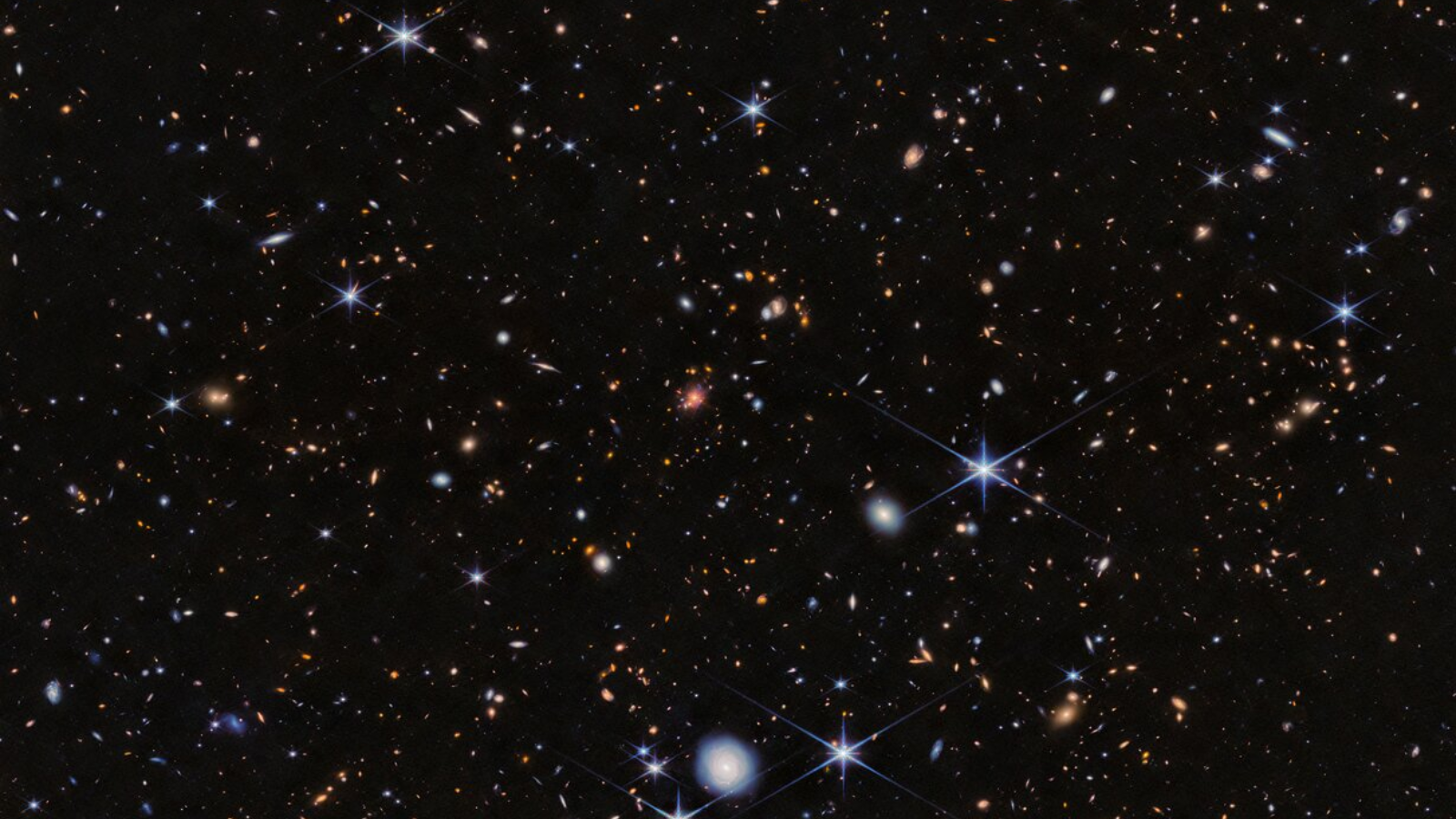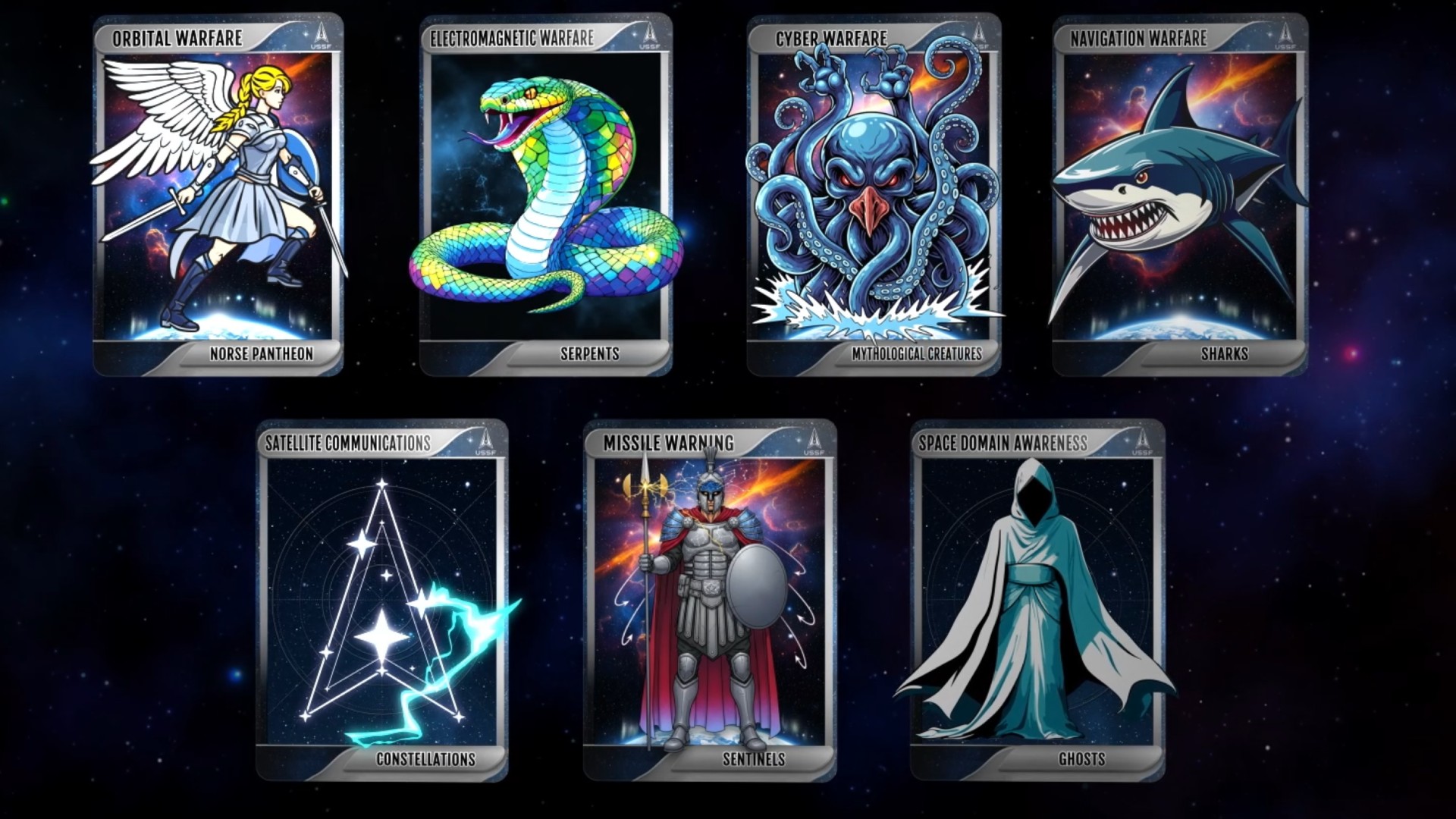Spiderweb protocluster is filled with baby galaxies, James Webb Space Telescope reveals (image)
"We are observing the build-up of one the largest structures in the universe, a city of galaxies in construction."

Astronomers have used the James Webb Space Telescope (JWST) to explore the strands of the Spiderweb protocluster. While the $10 billion space telescope didn't find a creepy cosmic spider at the heart of this intergalactic web, it did discover some surprises.
Those include new galaxies in this protocluster (a galaxy cluster in its early stages of formation), which contains around 100 known galaxies and is located 10 billion light-years from Earth. This means the JWST sees the Spiderweb protocluster as it was around 4 billion years after the Big Bang.
Astronomers can use vast "cosmic cities" like this, which represent the early gathering of galaxies, to understand the growth and evolution of the universe.
"We are observing the build-up of one the largest structures in the universe, a city of galaxies in construction,” team member Jose M. Pérez-Martínez of the Instituto de Astrofísica de Canarias said in a statement. "We know that most galaxies in local galaxy clusters, the biggest metropolises of the universe, are old and not very active, whereas in this work, we are looking at these objects during their adolescence.
"As this city in construction grows, their physical properties will also be affected. Now, the JWST is giving us new insights into the build-up of such structures for the first time.”
Spiderwebs and secrets
Though the Spiderweb protocluster has been previously well-studied, observing it with the JWST meant the team was able to reveal details that had previously been hidden.
This is because the cosmic gas and dust that enshroud this gathering of early galaxies is very effective at absorbing and scattering visible light.
Breaking space news, the latest updates on rocket launches, skywatching events and more!
However, long-wave infrared light can give this envelope of matter the slip, passing through to reach the sensitive infrared eye of the JWST. This helped reveal regions of the Spiderweb protocluster previously hidden.

The JWST allowed the researchers to observe hydrogen gas, tracing it in a way that isn't possible for ground-based instruments. This revealed galaxies in the Spiderweb protocluster that would usually be very strongly obscured.
The team's impressive results, achieved with just 3.5 hours of observing time, demonstrate the incredible power of the JWST.
"As expected, we found new galaxy cluster members, but we were surprised to find more than expected," team member Rhythm Shimakawa of Waseda University explained. "We found that previously-known galaxy members, similar to the typical star-forming galaxies like our Milky Way galaxy, are not as obscured or dust-filled as previously expected, which also came as a surprise."
Team member Helmut Dannerbauer of the Instituto de Astrofísica de Canarias explained that this could be explained by the fact that the growth of these typical galaxies is not triggered primarily by galaxy interactions or mergers that induce star formation.
"We now figure this can instead be explained by star formation that is fueled through gas accumulating at different locations all across the object's large-scale structure," Dannerbauer concluded.

Robert Lea is a science journalist in the U.K. whose articles have been published in Physics World, New Scientist, Astronomy Magazine, All About Space, Newsweek and ZME Science. He also writes about science communication for Elsevier and the European Journal of Physics. Rob holds a bachelor of science degree in physics and astronomy from the U.K.’s Open University. Follow him on Twitter @sciencef1rst.
